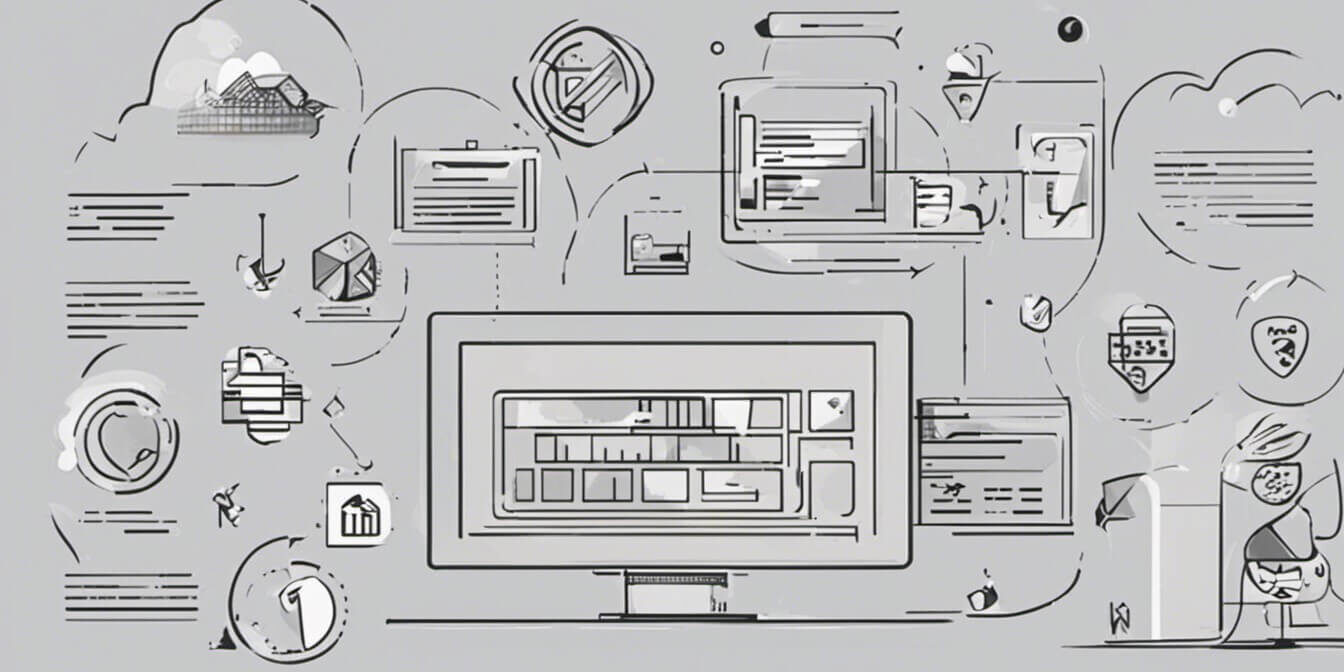Ever wondered why some websites are a hit while others miss the mark? The secret often lies in their accessibility. Did you know that 15% of the world’s population has some form of disability? If your website isn’t designed with accessibility in mind, you could be missing out on a huge chunk of potential users.
Let’s delve into the nuances of intrinsic web design and how it can ensure a perfect site build that everyone can use.
Why Accessibility Matters
The Ethical Angle
Making your website accessible isn’t just a good business strategy; it’s the ethical thing to do. A website that doesn’t cater to people with disabilities could be seen as discriminatory.
The Business Case
Don’t underestimate the purchasing power of individuals with disabilities. By making your website accessible, you open doors to a wider customer base. Find out more on the benefits of web accessibility here.
Key Considerations for an Accessible Website
Start Early
Accessibility should be integrated right from the planning phase. This ensures that you won’t have to make costly adjustments later on.
Cater to Varied Abilities
Accessibility isn’t just about aiding those with visual impairments. Your website should also be easy to navigate for those with auditory, cognitive, and motor disabilities. For instance, your website should be compatible with screen readers for those with visual challenges. Learn more about this.
The Balance Between Purpose and Accessibility
Sometimes the core function of your website might conflict with certain accessibility criteria. In such cases, it’s vital to strike a balance. For example, if your website has a time-sensitive game, consider offering an alternative that’s more accessible.
The Importance of Mobile-Ready Design
Why It’s Crucial
The smartphone isn’t just a gadget; it’s a lifeline for many. With over 3 billion app downloads, ignoring mobile design is like turning your back on a goldmine.
Smart Apps for Smart Solutions
Your app could solve a problem or entertain; either way, its success largely depends on its functionality and user experience. Check out how you can optimize mobile design.
Be Aware, Be Safe
When opting for third-party app development, ensure that your intellectual property is secure. Always do your due diligence.
How to Choose Your Perfect Web Designer
Local or Global?
Choosing between a local and a global web designer has its pros and cons. A local designer might better understand local business nuances, while a global designer could offer a fresh perspective.
Skills and Expertise
Review the portfolio of potential designers. Look for experience in creating accessible websites. Find top-notch web designers here.
Budget Wisely
While it might be tempting to go for the cheapest option, remember that you get what you pay for. Factor in the long-term ROI while setting your budget.
Conclusion
Intrinsic web design isn’t just a buzzword; it’s a necessary framework for creating a universally accessible website. From ethical considerations to increased ROI, the benefits are numerous. So why limit your website’s reach when you can cater to everyone?
Next Steps: Start by auditing your current website for accessibility features and then choose a web designer who can help you meet these standards.






